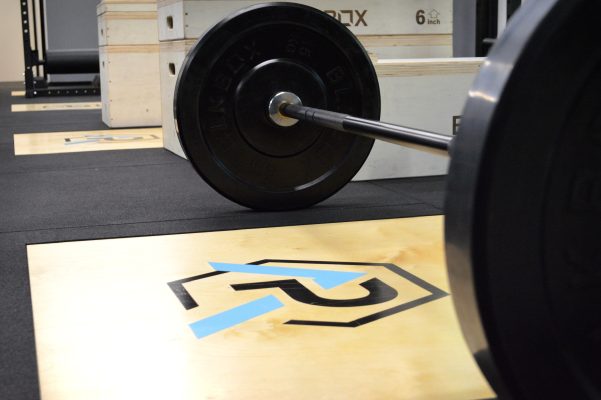After a recent blog regarding body weight training (which ruffled a few feathers), people have been in touch to ask, ‘what about sit ups, planks and other bodyweight exercises to train your core?’ ‘core stability is important isn’t it?’ First of all, make yourself a coffee, sit down, belt up, and turn off your phone, as this is a massively complex and head-spinning topic!
I will try to explain, how the concept of core stability or core strength has just been misunderstood and taken way out of context, so here we go…. Researchers and exercise scientists have routinely tried to figure out the aetiology (cause) of lower back pain. The research exploded in the early 90’s, with the notion that people were experiencing more lower back pain due to the computer boom and people sitting more. With this hypothesis, the researchers investigated different abdominal training, exercises and drills, along with collecting data around muscle activation and muscle timing. From their studies, an idea came about that people who were suffering from low back pain reported improvements when performing exercises that consciously required a high level of motor control (we will look at this a little later). From performing these exercises, which normally starts with some sort of abdominal bracing, hollowing or engagement, then a static hold or movement, the concept of core stability was born.
From this, core stability or core strength has now become a staple of individuals training from rehab, general fitness, so called ‘injury reduction’ and strength & conditioning. It is deemed important, even though most of this type of training is performed at the end of the session!
There are a number of claims around core stability, such as:
– It provides a foundation of strength
– It helps to stabilise the spine and therefore the reducing the risk of low back pain
– It is the foundation of power
– It’s the foundation of posture
– It’s the foundation of balance
However, the evidence supporting any of these claims is very weak, even the term ‘core’ means very little in anatomy, with different people claiming that different muscles and parts of the body make up the core. Alas, there is no clear definition, I will leave that there!
So, what about stability? Stability first of all is not balance. We are referring to joint stability, and this is highly complex. As a loose definition, stability is the ability for the joint to remain in an optimal position regardless of the forces placed upon the joint, and the ability to regain optimal position even after some sort of disturbance (this is my loose definition, so apologies if I’m way off). Ok, so, the core is difficult to define, and joint stability is the position of optimal alignment but what controls this? To try to explain this I will offer an illustration, as hopefully this will help.

In this illustration, the athlete is performing a barbell squat. Obviously, many muscles will be recruited, plus a concept of joint stability is required, relative to the demand.
If we start in the CNS, the CNS, organises a series of motor command to perform the specific task, in this case a barbell squat. Now we are in what’s known as Forward Feed. Relative to the factors including, training age, coaching influence and even anticipation i.e. the barbell looks heavy, the CNS will try and prepare some level of muscle recruitment before even lifting the barbell…. but remember this is subconscious!!
Now, the athlete is actually performing the squat, so this is known as Feedback System. The feedback system is a combination of receptors (signals) from muscle, joints, tendons, ligaments etc. relaying information back to the CNS, for the CNS to modify, if necessary, any motor command or motor control (remember this from before).
Joint stability, i.e. the optimal joint position regardless of forces which are placed upon the joint, is being managed from both a forward feed and feedback system. The muscles, tendons, ligaments are trying to work to produce the optimal amount of joint compression to hold the joint in the optimal position, throughout the squat (you can think of this as dynamic stability).
As the athlete becomes stronger, and can squat more load, this means that the systems (forward feed and feedback) are completely integrated within strength development (and possibly, power and speed).
If we then go back to core stability and review the exercises which were given to the participants with low back pain, this sort of makes sense, as the lying exercises and perhaps a plank exercise, still drives the feed forward and feedback systems, with alternations of motor control by the CNS. We just have to understand that these lying exercises require less skill, normally are not externally loaded and are performed statically or very slowly.
When coaching young athletes, the key aspect here is the forward feed channel, as many of the athletes are new to weightlifting and strength training. By exposing the young athletes to an athlete-centred programme (long-term athlete development), which consists of different protocols of strength development, their joint stability (forward feed and feedback systems) will be integrated in their strength development, and therefore doesn’t require any isolated stability training, as it cannot exist. Therefore, our athletes will rarely perform static, low skilled exercises.
Now if you came here looking for ab/core exercises to help with your 6 -pack then you’ve come to the wrong place however, a word to the wise, if you are performing sit-ups/crunches/Russian twists etc. to build your abdominals, the same principles discussed in our previous blog apply. That is the body requires a high level of stimulus to drive adaptation which sit ups and Russian twists simply don’t apply, unless you do incredibly high levels, which in turn aren’t great for the spine. Therefore, learn to train smarter by incorporating some big lifts in your programme, eat better (read our nutrition blog), drink water, move around a lot and read more.



